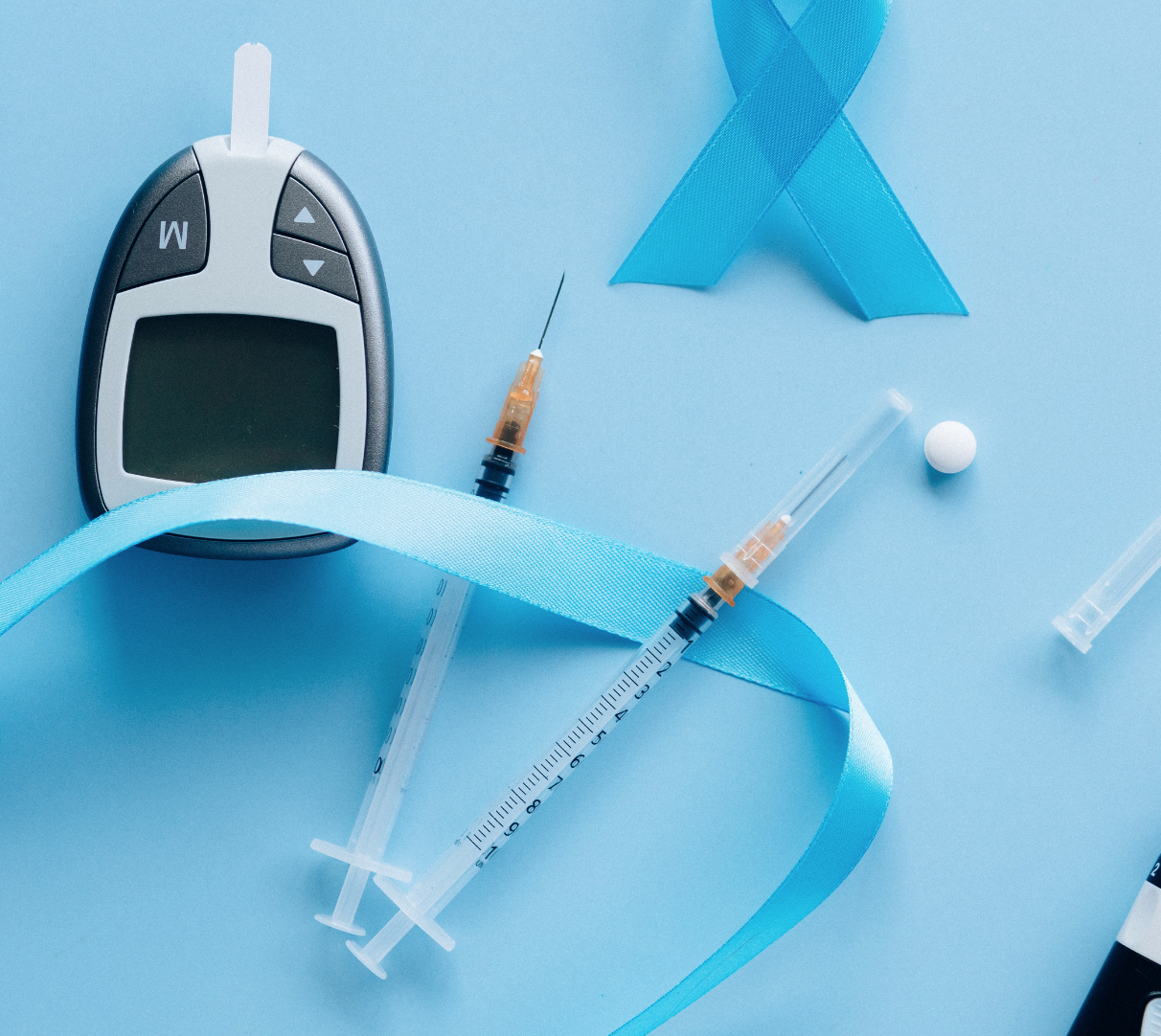What is A1C?
The A1C test measures your average blood sugar for the past 2-3 months. It can identify prediabetes, it can diagnose diabetes, and it’s used to monitor how well your diabetes treatment is working over time.
Diabetes is diagnosed at an A1C of greater than or equal to 6.5%

Reading your A1C
A1C test results are reported as a percentage. The higher the percentage, the higher your blood sugar levels over the past two to three months. The A1C test can also be used for diagnosis, based on the following guidelines:
A1C Ranges
Normal: <5.7%
Prediabetes: 5.7% to 6.4%
Diabetes: 6.5%+
The A1C test can help you manage your diabetes by:
- Confirming self-testing results or blood test results by the doctor.
- Judging whether a treatment plan is working.
- Showing you how healthy choices can make a difference in diabetes control.
A1C is also defined as Estimated Average Glucose, or eAG
When finding out your A1C, you may also encounter the term “eAG.” eAG is similar to what you see when testing your blood sugar on your meter. Since you are more likely to check your blood sugar in the morning or before meals, your at-home meter readings will probably be lower than your eAG.
How does A1C work?
Hemoglobin is a protein found inside red blood cells that links up with glucose. Hemoglobin takes oxygen from the lungs to your body’s cells. When glucose enters your red blood cells, it links up or “glycates” with hemoglobin. The more glycated hemoglobin you have in your blood, the more glucose is present. By measuring the percentage of A1C in the blood, you can see how your body regulates blood sugar over time.
Do you have questions about Restor Metabolix?
Contact Us And A Member Of Our Team Will Be With You Shortly!

